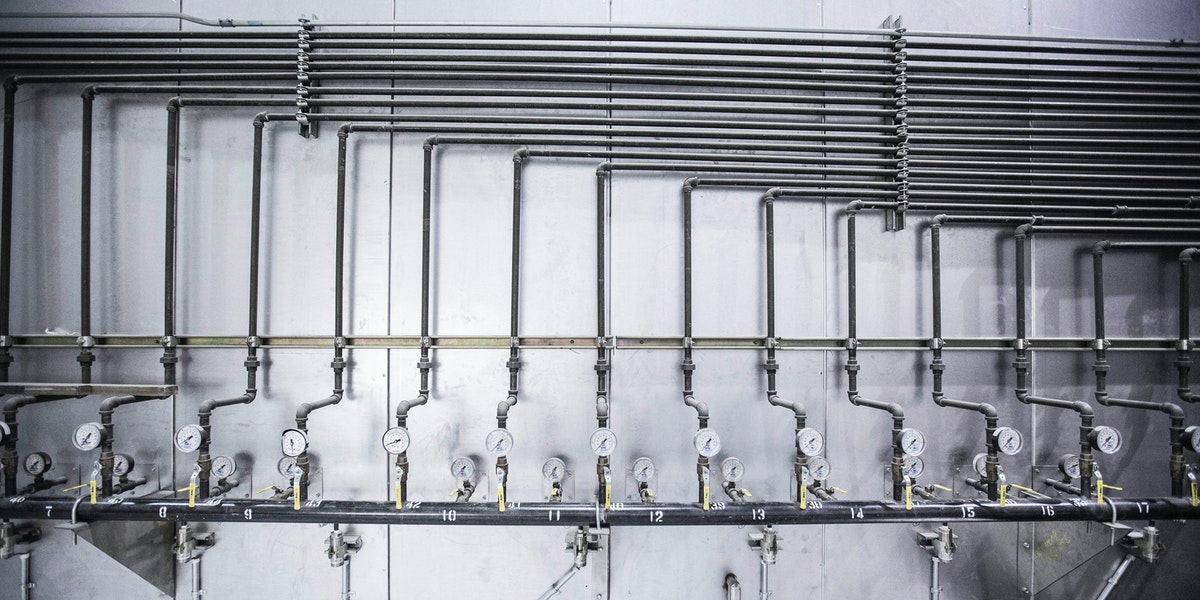Good drainage is essential for any property or landscaping. A drainage system facilitates the removal of surface water or any other liquid away from a residential, commercial, or industrial facility.
This process prevents the build-up of toxic waste in the case of industrial plants. For residential properties, a drainage system maintains a healthy living environment by preventing flooding or property damage by water. An effective drainage system also prevents sidewalk accidents due to standing water and averts hydroplaning hazards on parking lots or roads.
Trench drains are the most common type of drainage systems and their simplicity makes them highly effective. If you want to improve the functionality of your property, be it residential, industrial or commercial, installing a trench/channel drain is a smart idea.
Here you’ll learn about trench drain systems, design ideas, factors to consider for installation, compliance and more.
Basics of Trench Drains Design
A trench drain design consists of a linear trench that directs liquid waste or water away from a site and trench grating to cover the drain. The trough/channel-shaped body of the trench allows fast evacuation of surface water or other liquids. The drains are long and narrow, to promote the fast flow of water or liquids being evacuated.
On top of the open channel is a grating system that plays a critical role in the fast removal of liquids. The high-quality Jonite trench drain grates feature different designs that allow easy entry of liquids into the drains for evacuation. This simple design contributes to the effectiveness of these drains.
The material used for your channel drain also determines its efficiency. Some of these materials include:
- Cast Iron
- Ductile Iron
- Steel
- FRP (Fiber Reinforced Plastic)
- Polyethylene
- Polymer concrete
- GFRPC (Glass fiber reinforced polymer concrete)
- Concrete
Each of these materials differs in qualities and works better in different applications. For instance, while plastic drains are cheaper and lightweight, they might not work well in dock areas or airports where you expect heavy traffic. On the other hand, steel is heavy and durable and will work in high traffic areas like airports and car parks.
When choosing the best material for your channel drains, consider the following:
- Compressive strength
- Fire resistance
- Tensile strength
- Thermal expansion
- Impact resistance
- Bond strength
- Bearing area
- Abrasion resistance
- Chemical resistance
- UV resistance
- Flexural strength
- Water absorption/freeze thaw
All components used for the trench drain including the trench drain grates must also comply with the applicable code. In areas such as hospitals, airports, community pools, beverage processing plants, brewery fermentation rooms, and food processing plants, there are stringent code requirements for drainage. Any material you choose for your trench drain must meet these conditions.
Type of Trench Drains
In addition to the material, you can drains differ in how they are made and their installation. Here are some drains to choose from:
Cast in Place Trench Drains
This is a type of trench drain installed on site. The process starts with a design after which the contractor digs a channel, places a wooden mold and installs the drain. After the drain settles, they remove the wooden form. It is a labor-intensive project which also makes it expensive.
Former Trench Drain System
It is a form of cast-in-place drain whose installation involves the use of lightweight expanded polystyrene (EPS) or cardboard instead of wood. It requires less labor and is faster and cheaper.
Pre-cast Trench Drains
This modern and popular trench drain is made off-site. Factories that make these drains offer customized solutions to fit specific drainage needs. There’s a lot of savings in labor costs as these drains come ready to lay.
Linear Drainage Systems
These drains feature new technology of pre-cast trench systems. Construction materials used for these thin and linear drains include light materials like fiberglass, plastic, steel, and polymer concrete. When laying the drain, contractors use concrete all around it for added strength.
Once you dig a trench, you’ll connect different sections of the drain and cover it with the provided grate system.
New Technology in Trench Drain Systems
If you are after a modern-look drainage system, there are options available on the market. These include:
- Micro Trench Drains: These are 25″ wide drains used for residential areas or where you don’t need to drain large volumes of water.
- Sloping trench drains: if you want to optimize your drainage, you can opt for this trench drain that comes with a built-in slope design. They feature customizable trench grates to suit your drainage design and functional needs.
- Microchannel drain: If you have more volumes of water, you need wider channels. These microchannels have an ideal width of about 2.25″.
- Modular trench drains: This flexible channel system consists of interlocking joints and a modular design.
- HDPE Drains: High-density polyethylene trench drains feature new technology in trench drain manufacture. The pre-engineered drains feature lightweight and customizable modular channel sections which are easy to install. They also come with grating.
- Slot drain: A slow drain is a pre-sloped and pre-assembled linear drain with no grating. It’s highly effective, hygienic and can also evacuate small solids.
Final Thoughts
When looking for a trench drain system, you have multiple options to choose from. Start by evaluating your drainage needs, look for durable, versatile, and compliant drains that are easy to install and maintain. With these tips, you can now go ahead and assess which trench drain suits your drainage needs.
You must be logged in to post a comment.













Thanks for the reminder that the volume of water I’m planning to drain out will determine how wide my steel trench drains should be. My neighbor is thinking about getting that kind of drain installed in his property in order to avoid some minor flooding during heavy rainfall. I would most certainly like that because some of that water ends up in my property sometimes.